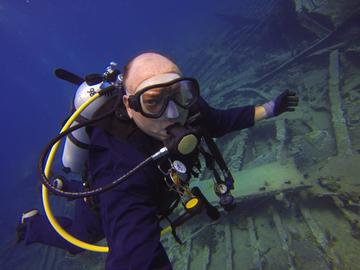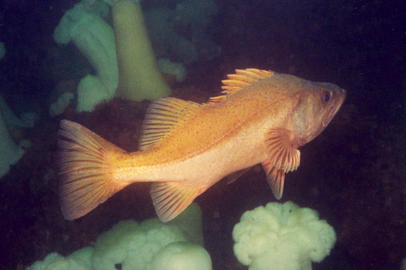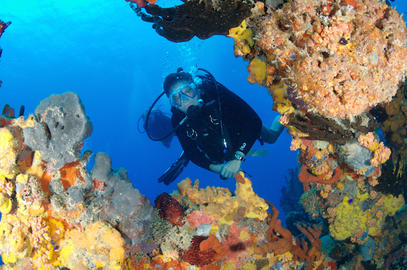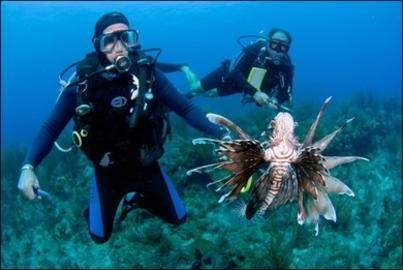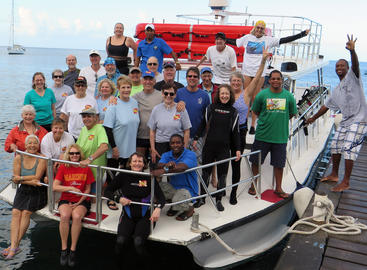If you haven't checked out the online REEF Store recently, now is a great time to do some shopping. It's a great place to get field ID reference guides, REEF survey materials, REEF gear, and lionfish field gear. We have added several new items recently, including:
- Ray Troll's "Dive Bar" shirt with REEF logo, click here
- Lionfish 3-D Puzzle, Lionfish Plush, and Lionfish Phone Case, click here


